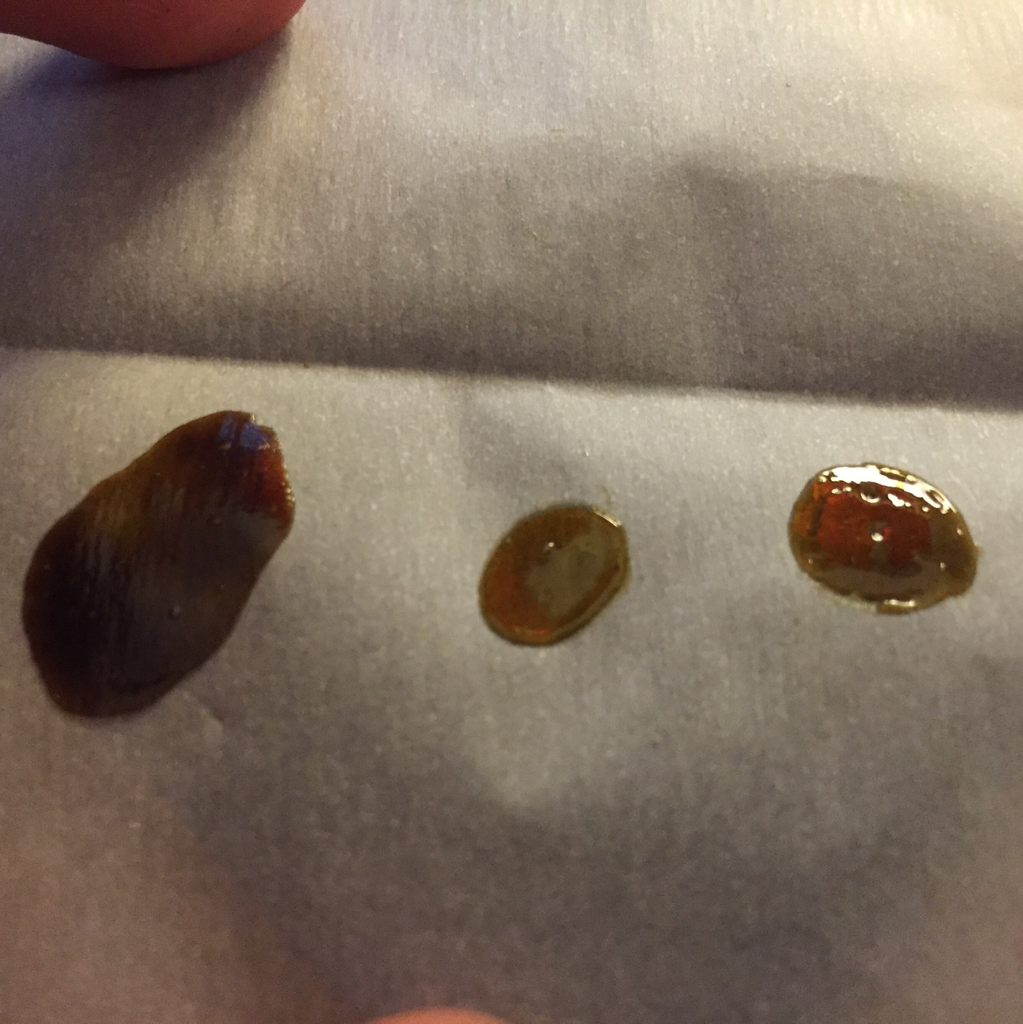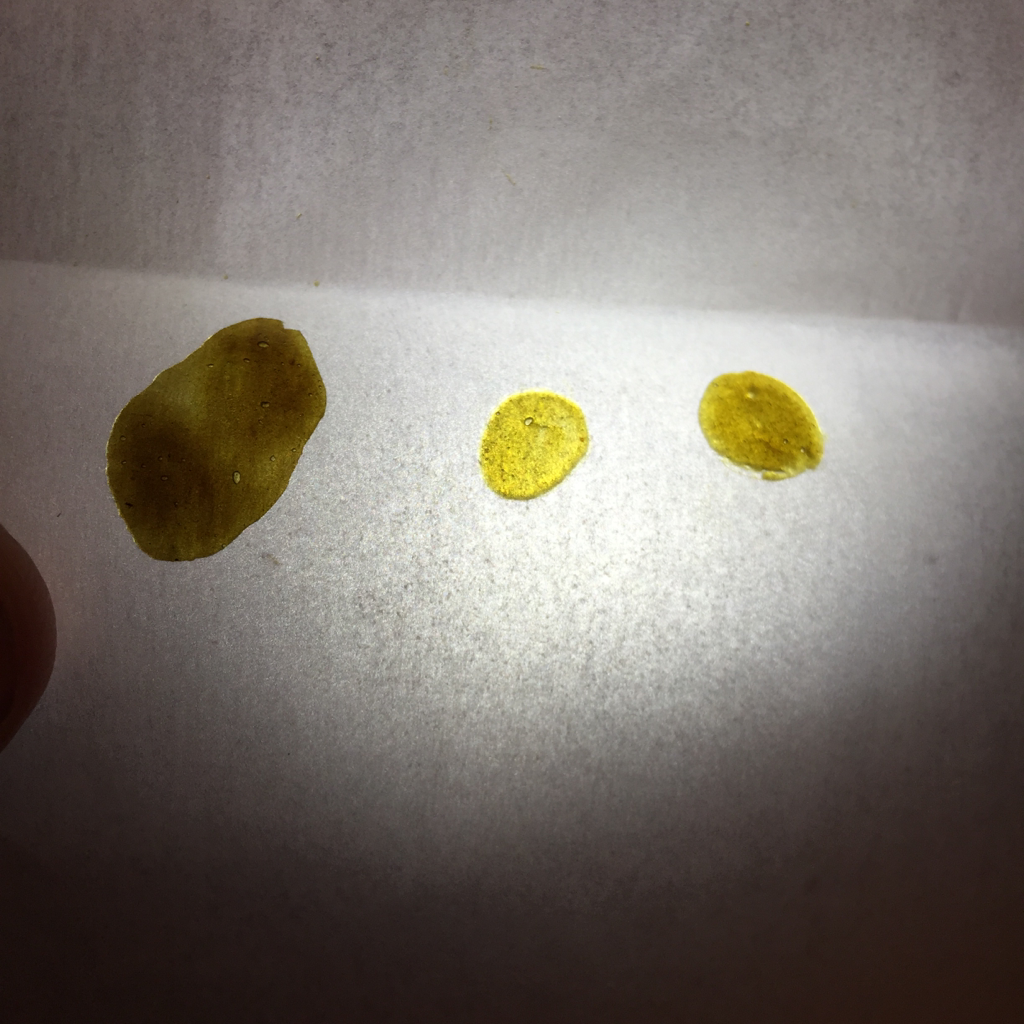As @herbivore21 said before, silica and silicon carbide are two different materials. Silica is also known as silicon dioxide, and has the chemical formula SiO2. It is commonly found in nature as quartz. Compare that to silicon carbide, the chemical formula of which is SiC. Silicon carbide is found in nature as the rare mineral moissanite. These two materials have different properties: for example, moissanite has a Mohs scale hardness of 9.5, whereas quartz has a hardness of 7. Moissanite is more similar to diamond than it is to quartz. Grains of this silicon carbide can be bonded together by sintering to form very hard ceramics such as what (I believe) is used in the D-nail presses herbivore21 mentioned.You originally said silicone carbide. If you want to learn more about silica and silicon carbide I would recommend you read the silicon carbide chapter in Solid State and Materials Sciences volume 33. This might help end the confusion as to why I refer to silicon carbide as silica.
And that is all the farther I will derail this thread. Back to the nuances of rosin-making!


 On mine the handle sticks out horizontally so I have a 18" pipe I use as an extender, give me a lever long enough and I'll move the world lol.
On mine the handle sticks out horizontally so I have a 18" pipe I use as an extender, give me a lever long enough and I'll move the world lol.
 ), not necessarily better than a press, but somewhat equivalent...
), not necessarily better than a press, but somewhat equivalent...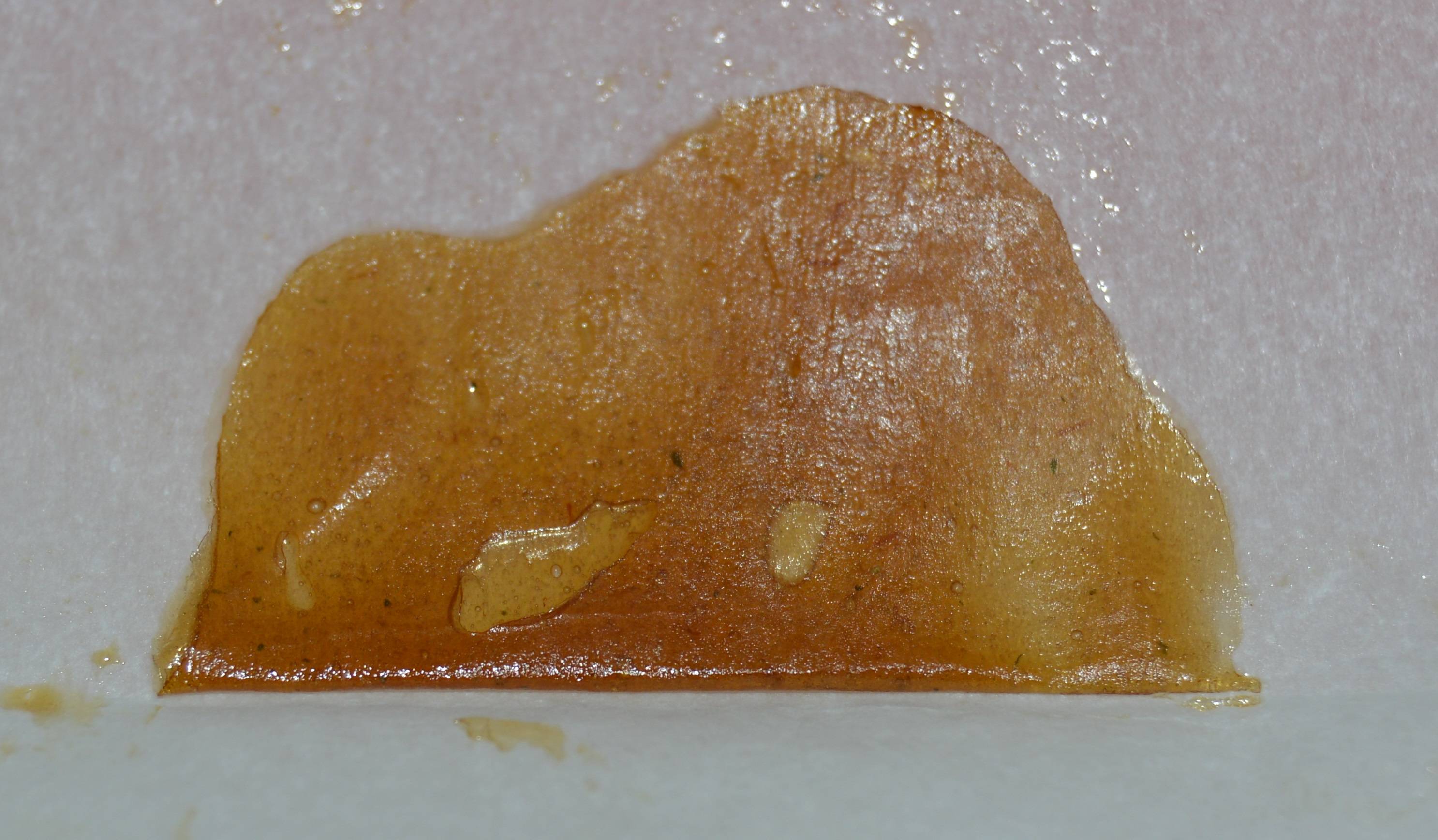
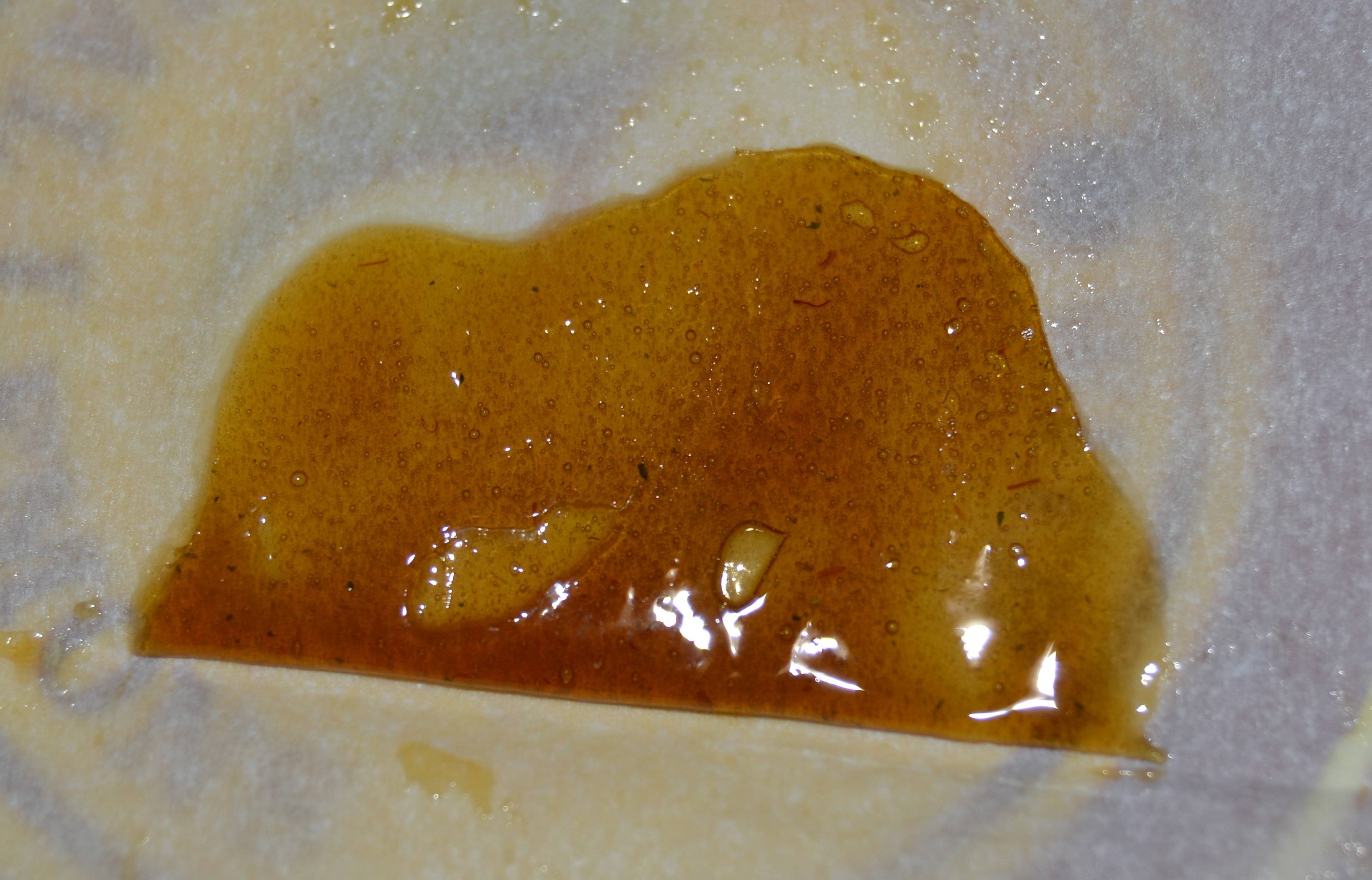
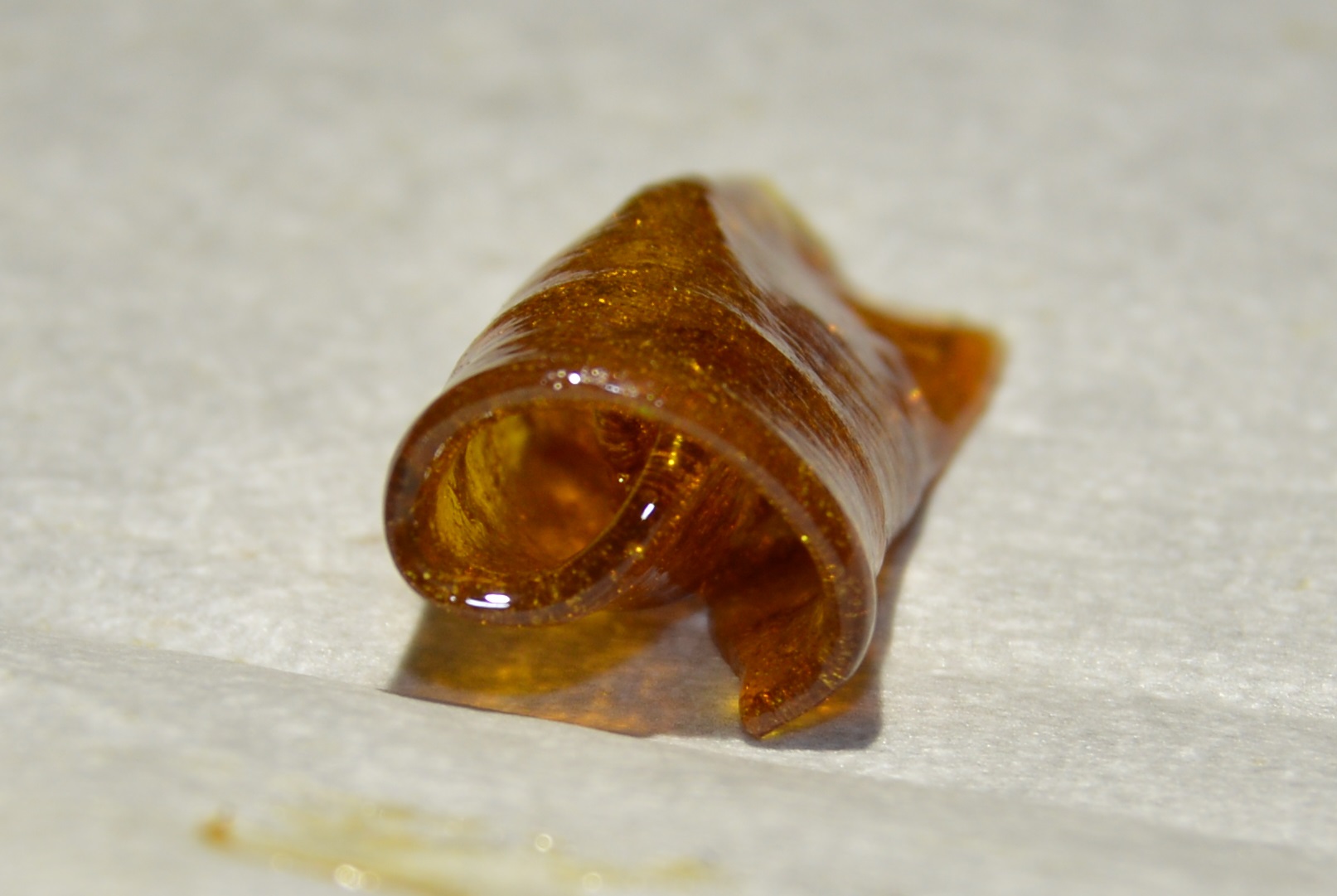
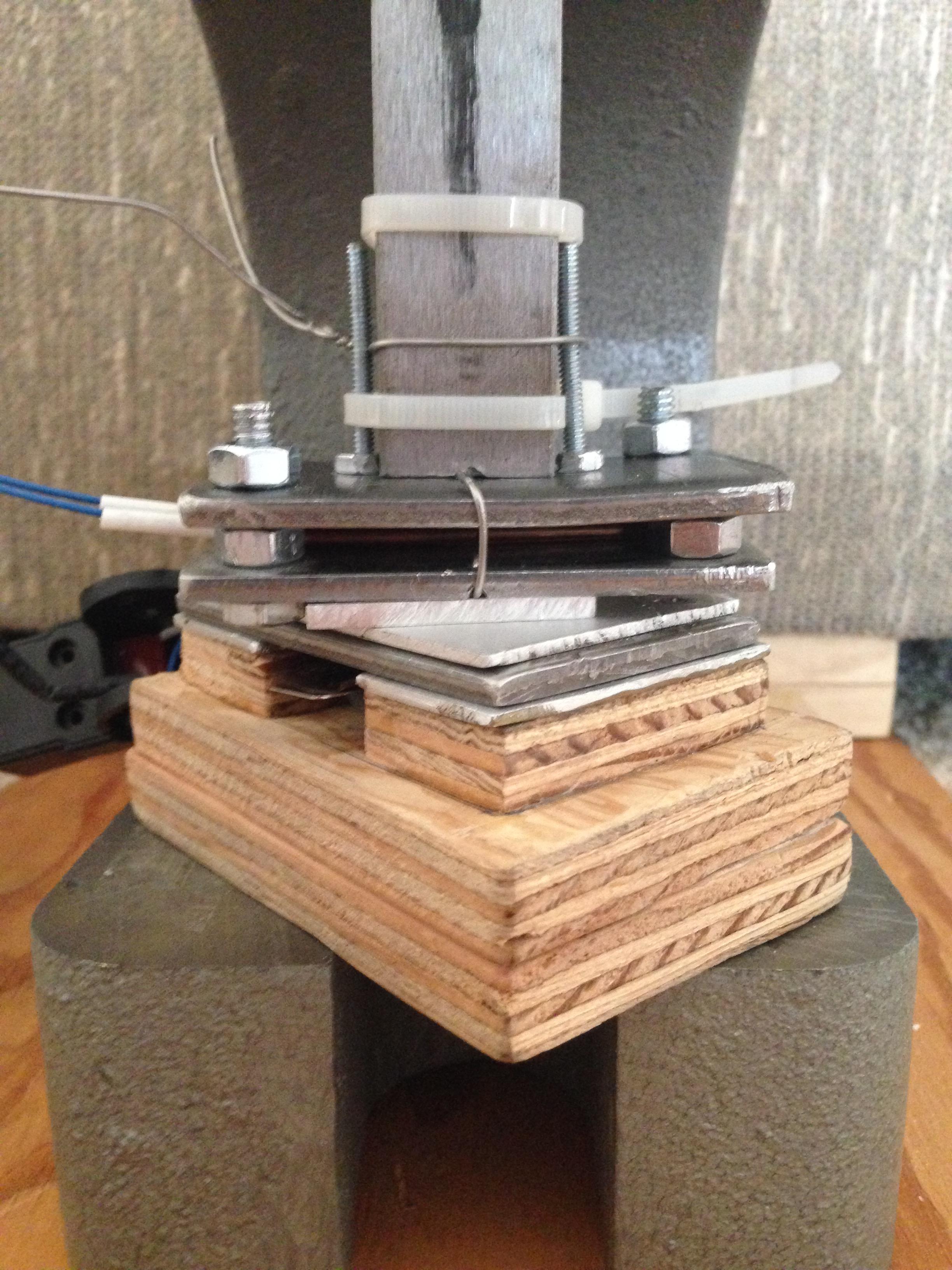
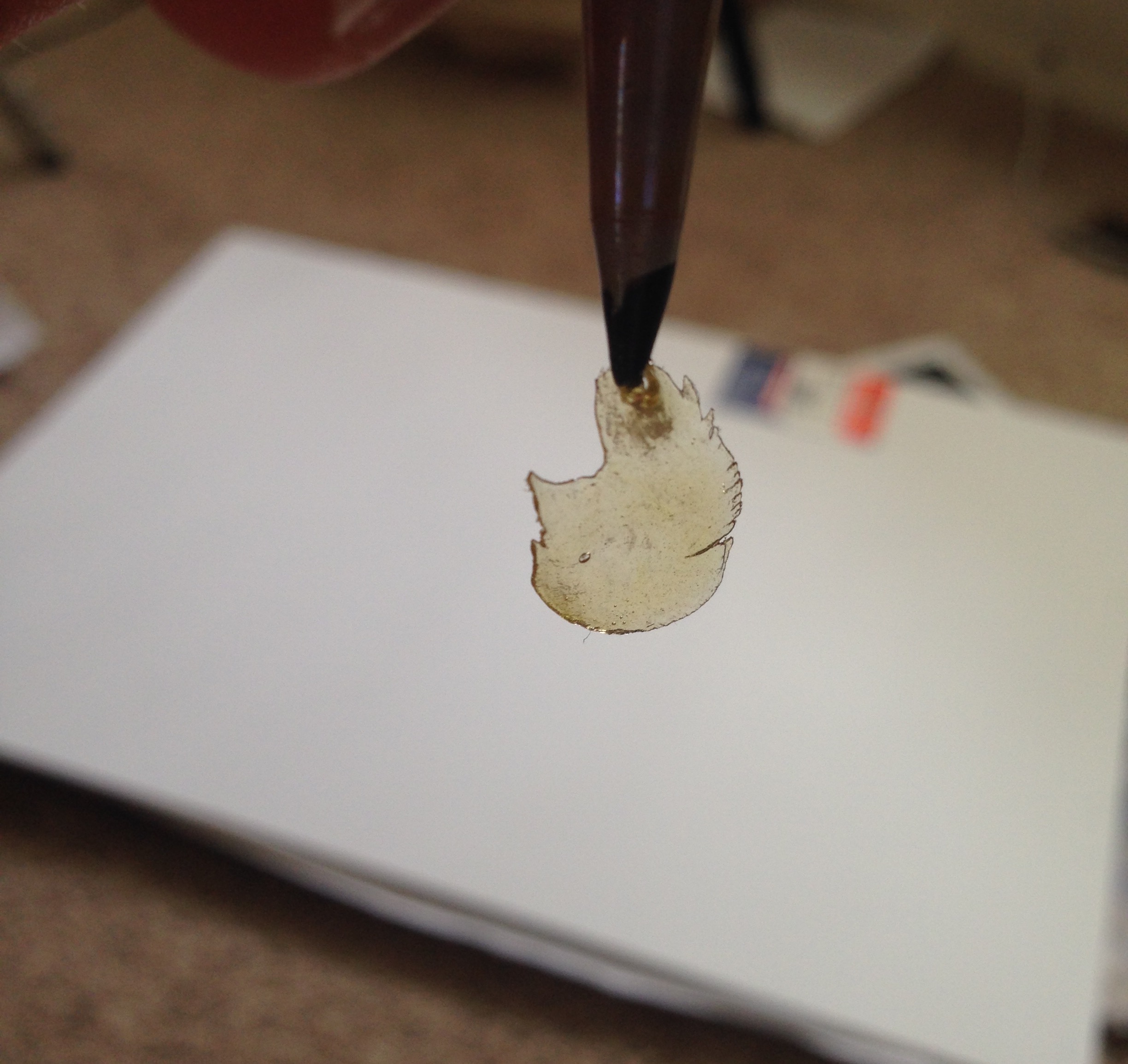



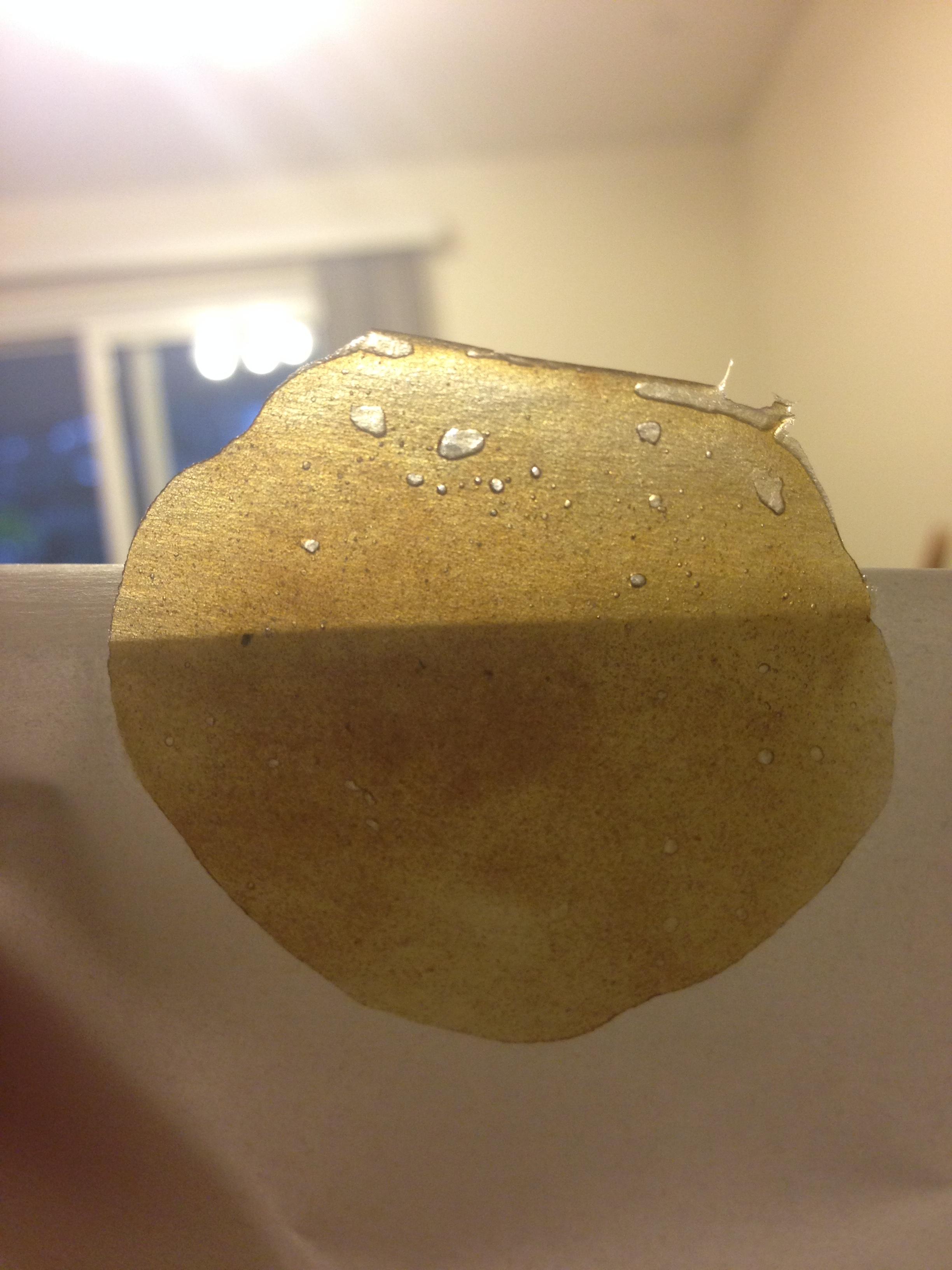
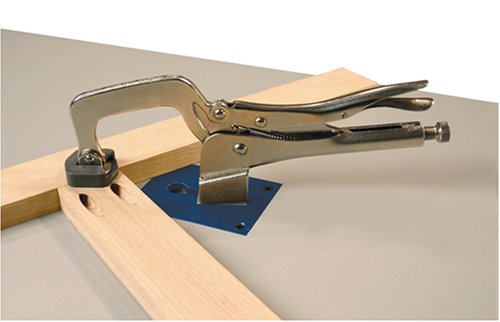
 and I could still use my lever handle to reduce workload.
and I could still use my lever handle to reduce workload.